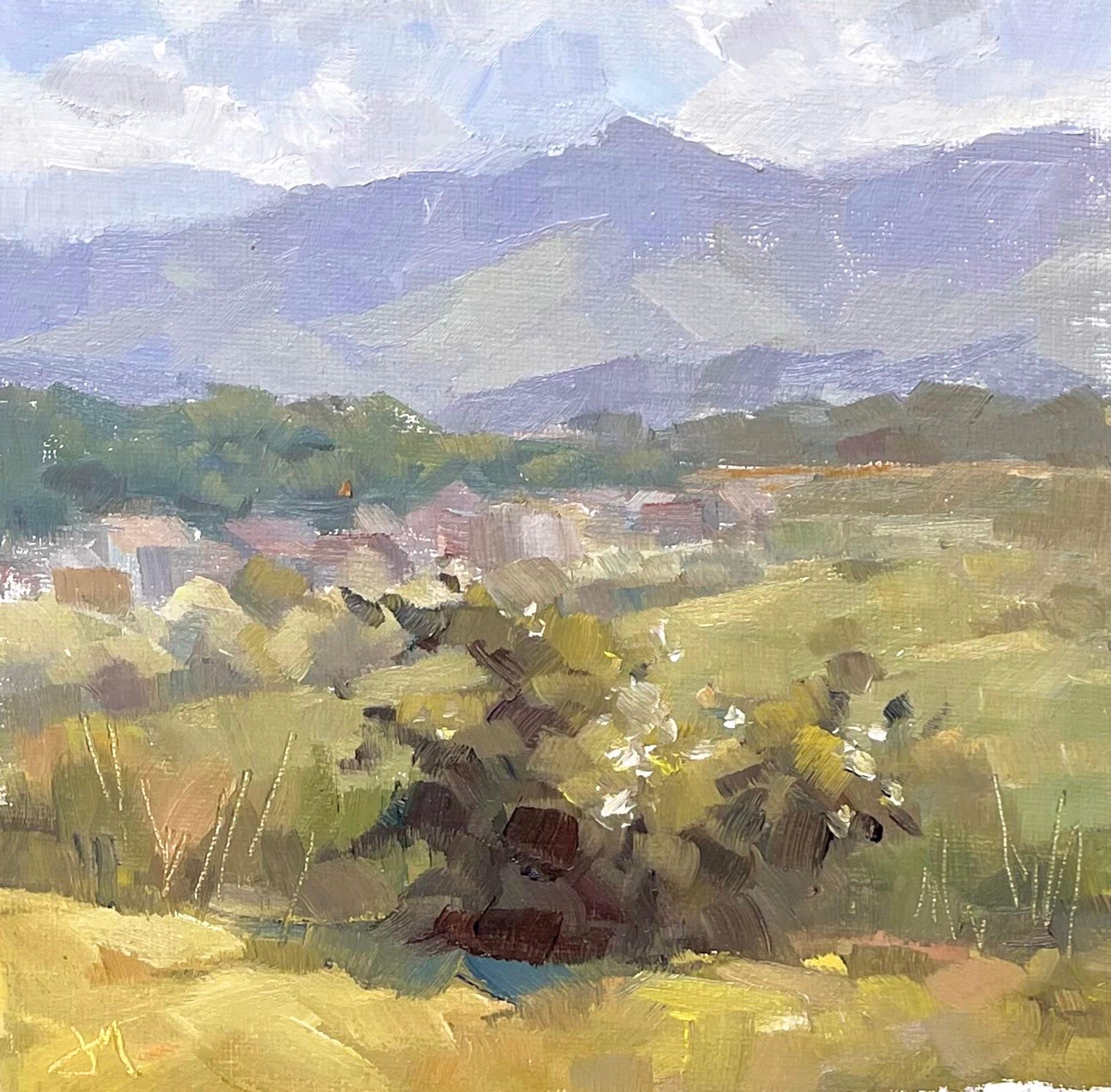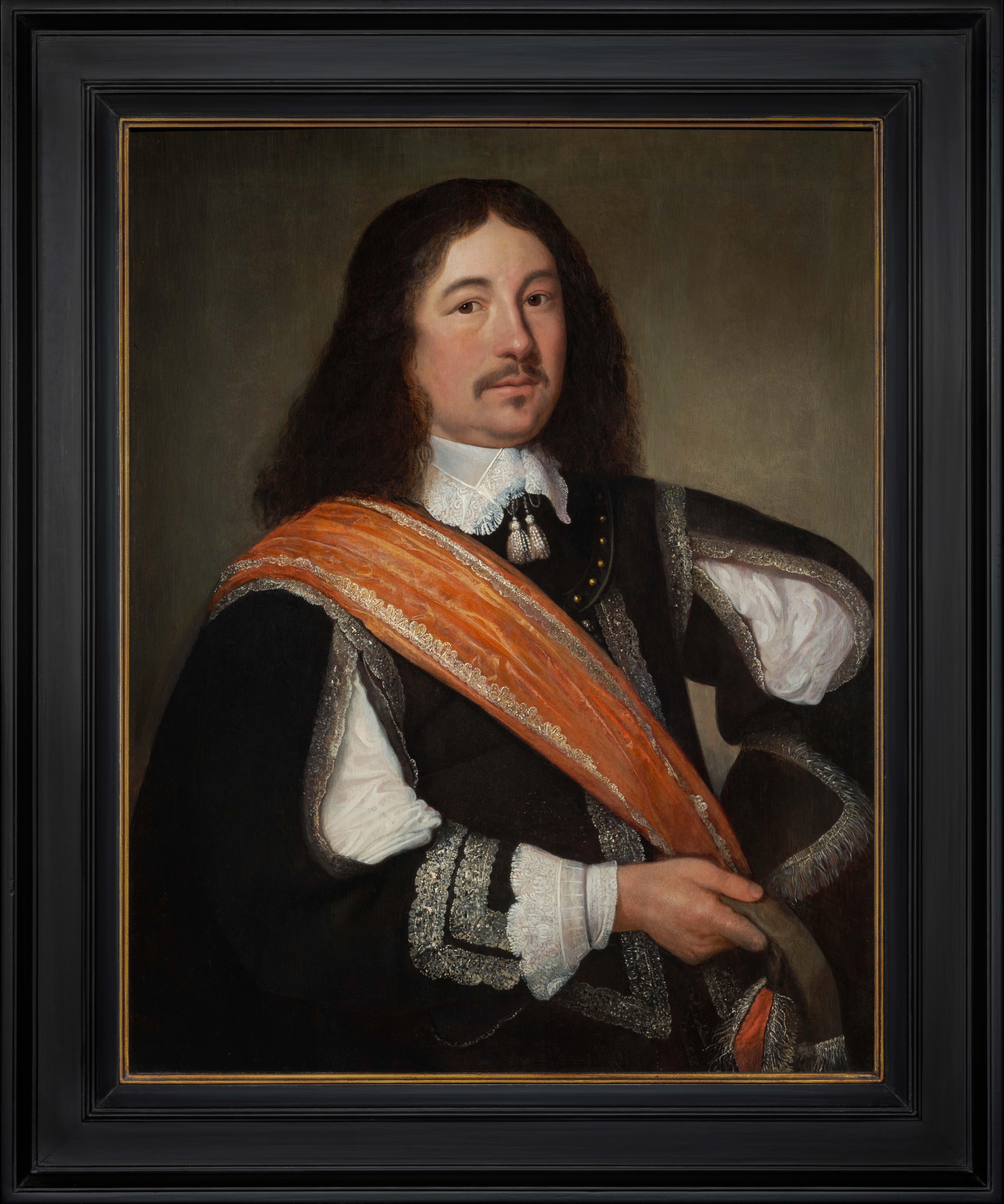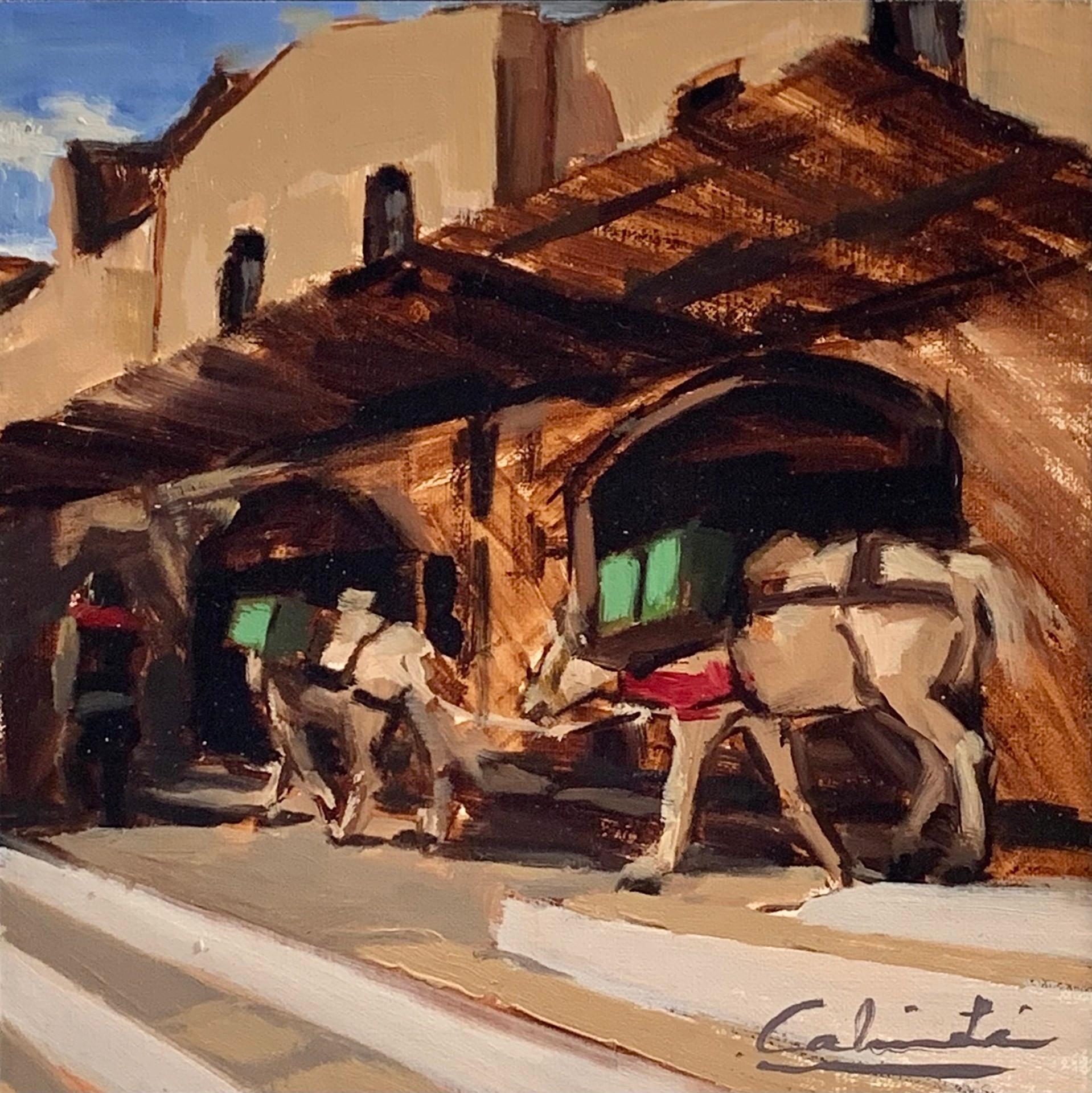Items Similar to Head Study 3
Want more images or videos?
Request additional images or videos from the seller
1 of 2
Richard T ScottHead Study 3
About the Item
Head Study 3
- Creator:Richard T Scott
- Dimensions:Height: 10 in (25.4 cm)Width: 8 in (20.32 cm)
- Medium:
- Period:
- Condition:
- Gallery Location:Denver, CO
- Reference Number:
About the Seller
5.0
Platinum Seller
These expertly vetted sellers are 1stDibs' most experienced sellers and are rated highest by our customers.
Established in 1990
1stDibs seller since 2019
533 sales on 1stDibs
Typical response time: 2 hours
- ShippingRetrieving quote...Ships From: Denver, CO
- Return PolicyA return for this item may be initiated within 7 days of delivery.
More From This SellerView All
- Last MileBy Judd MercerLocated in Denver, COLast Mile, 2021Category
21st Century and Contemporary More Art
MaterialsOil, Panel
- Donkey Tales 3By Calvin LaiLocated in Denver, CODonkey Tales 3, 2021Category
21st Century and Contemporary More Art
MaterialsPanel, Oil
- Self Portrait, EyeLocated in Denver, COSelf Portrait, EyeCategory
21st Century and Contemporary More Art
MaterialsOil, Linen, Panel
- Uplift StudyBy Dave SantillanesLocated in Denver, COUplift Study, 2018Category
21st Century and Contemporary More Art
MaterialsPanel, Oil
- Donkey Tales 1By Calvin LaiLocated in Denver, CODonkey Tales 1, 2021Category
21st Century and Contemporary More Art
MaterialsPanel, Oil
- Donkey Tales 2By Calvin LaiLocated in Denver, CODonkey Tales 2, 2021Category
21st Century and Contemporary More Art
MaterialsPanel, Oil
You May Also Like
- Portrait Gentleman Black Coat Orange Sash, Dutch Old Master, Oil on Panel c.1650By Bartholomeus van der HelstLocated in London, GBThis exquisite portrait of a gentleman depicted in a sumptuous black coat edged with silver and slashed sleeves is an excellent example of the type of portrait fashionable in England and the Low Countries during the 17th century. The confident pose, striking orange sash - the colour of the house of Orange Nassau - and the leather gorget imbue the sitter with a sense of masculinity and power. The profusely decorated costume is of the highest quality and de rigueur of an elite class - the artist has carefully cultivated this portrait to emphasise the sitter’s wealth and standing in the society that he belonged to. The casual pose, with one arm resting on a hip, is much less formal than earlier decades, and it speaks of ‘sprezzatura’ – one’s appearance should not appear laborious, but instead, effortless. The oil on cradled panel portrait can be dated to circa 1650 based on the hairstyle and the attire - small falling collar, short doublet (doublets reduced in size to just below the ribcage in the late 1650’s), and the type of slashed sleeves with the sleeve seams left open to reveal the white fabric. The demand for portraits in the Netherlands was great in the 17th century. Bartholemeus van der Helst was considered to be one of the leading portrait painters of the Dutch Golden Age surpassing even Rembrandt as the most sought-after portraitist in Harlaam. The Dutch Golden Age, roughly spanning the 17th century, was a period when Dutch trade, science, military, and art were among the most acclaimed in the world. Dutch explorers charted new territory and settled abroad. Trade by the Dutch East-India Company thrived, and war heroes from the naval battles were decorated and became national heroes. During this time, The Dutch Old Masters began to prevail in the art world, creating a depth of realistic portraits of people and life in the area that has hardly been surpassed. The Golden Age painters depicted the scenes that their discerning new middle-class patrons wanted to see. This new wealth from merchant activities and exploration combined with a lack of church patronage, shifted art subjects away from biblical genres. Still life’s of items of everyday objects, landscapes, and seascapes reflecting the naval and trade power that the Republic enjoyed were popular. The new wealthy class were keen to have their portraits commissioned and many artists worked in this lucrative field. Such was the popularity of art that everyone had a painting, even the humble butcher, and hundreds of thousands of paintings were produced. By tradition the sitter is Maarten Tromp (1598-1653) who was an Admiral in the Dutch Navy (the reverse of the portrait contains an old handwritten inscription “van Tromp”). Certainly, the distinctive orange sash is similar to those worn by officers of the Dutch army in the Netherlands who served under the Princes of Orange and the House of Nassau. However, it should be noted that the physiognomy differs from other images of Tromp. Tromp was the oldest son of Harpert Maertensz, a naval officer and captain. He joined the Dutch navy as a lieutenant in July 1622 and was later promoted from captain to Lieutenant-Admiral of Holland and West Frisia in 1637. In 1639, during the Dutch struggle for independence from Spain, Tromp defeated a large Spanish fleet bound for Flanders at the Battle of the Downs, which marked an enormous change - the end of Spanish naval power. He was killed in action during the First Anglo-Dutch War in 1653 where he commanded the Dutch fleet in the battle of Scheveningen. Gloves were an absolutely vital accessory and the elaborate pair in this portrait are embellished with threads of silk and precious metals and salmon-coloured lining. He wears only one glove and holds the other, providing an opportunity to better display the cuffs and detail on his right wrist and forearm. The gloves are probably made from the most prized leather which came from Spain, in particular from Cordova. Cordovan leather was tanned with a special vegetal process that left it both highly impermeable and divinely soft. King Charles I, posed in a rather relaxed manner for Daniel Mytens’s portrait in 1631, is wearing gloves and boots in matching Cordovan leather. The hide is thick, but you can see just how supple it is from the way the gauntlet dimples and the long boot legs fold over themselves, rippling and wrinkling at the ankles. Apart from keeping hands warm the use of gloves during the 15th through the 19th centuries were full of symbolism and they were worn regardless of the season. They kept the skin unblemished - soft, smooth hands were considered highly attractive. This combination of necessity and proximity to bare skin made gloves a deeply personal gift and they took on a strong symbolic significance and were regarded as emblematic of fidelity and loyalty for hundreds of years. Such was the importance of their symbolism was that some gloves were never intended to be worn at all. Their luxury made them ideal gifts at court, and so in the 15th and 16th centuries, ambassadors often presented them as symbols of loyalty. Until the mid-19th century, it was customary to give gloves as tokens to guests at weddings and to mourners at funerals. Gentleman often gifted their bride-to-be with a pair of gloves (the obligatory gift) and were handed over at the betrothal and put on display before the wedding took place. It was probably their direct contact with the skin that led to the eroticism of gloves. Not only were pairs often exchanged between lovers, but from the 16th to the 18th centuries, it was common practice to remove one glove and give it as a gift to a favourite. The idea of the item being presented still warm from the wearer’s hand is certainly suggestive. Following the death of King George IV, his executors purportedly found over a thousand mismatched ladies’ gloves among his possessions. The sentiment of a 17th-century poem reveals the popularity of the practice: “Come to our wedding to requite your loves / Shew us your hands and we’ll fit you with gloves.” Such generosity might be pricey for the hosts, but gloves of varying quality could be offered depending on the status of the recipient. Pairs made with the finest Spanish leather might be reserved for immediate family, while coarse sheep’s leather could be distributed among the servants and tradesmen. The apportioning of quality according to class provided a very clear message of the gloves’ intended use. For refined guests, they were decoration; for the lower classes, they were functional. Bartholomeus van der Helst...Category
17th Century Old Masters Portrait Paintings
MaterialsOil, Wood Panel
- Golden Afternoon, Mount Monadnock, NHBy Erick IngrahamLocated in Milford, NHThis finely detailed landscape of a stone wall and field beneath Mount Monadnock in New Hampshire on a warm summer afternoon was painted by contemporar...Category
2010s Realist Landscape Paintings
MaterialsOil, Panel
- Maria Pierides, Nude Lipstick 2, Original Abstract Painting, Affordable ArtLocated in Deddington, GBNude Lipstick 2 [2021] Original Oil and oil stick on deep edge cradled panel Image size: H:30 cm x W:30 cm Complete Size of Unframed Work: H:30 cm x W:30 cm x D:4cm Sold Unframed Please note that insitu images are purely an indication of how a piece may look Inspired by a series of haiku poems by poet and mum, Stella Pierides, that were written in response to shared family stories and experiences of lockdown. Maria Pierides...Category
21st Century and Contemporary Abstract Abstract Paintings
MaterialsOil, Panel
- DuskBy Hope Shipee BuninLocated in Milford, NHA fine figural oil painting of a mother and three children with worried looks on their faces as military planes fly overhead by American artist Hope Shipee Bunin (1908-1970). Bunin w...Category
1940s American Impressionist Figurative Paintings
MaterialsOil, Panel
- The Old Barn, JacksonBy Harry Leslie HoffmanLocated in Milford, NHA lovely impressionist winter oil painting with a farmer going into the barn painted by American artist by Harry Leslie Hoffman (1874-1966). Hoffman was born in Cressona, Pennsylvania, studied in Paris, worked at Yale University, and was a student at the Art Students League with Frank DuMond. He spent much of his life associated with the Old Lyme Colony in Old Lyme, Connecticut. His work was greatly influenced by the impressionist style of Willard Metcalf and became well known for his landscapes, still lifes, and underwater paintings. Oil on panel, signed lower right and on verso, titled in pencil on verso “The Old Barn...Category
Mid-20th Century American Impressionist Landscape Paintings
MaterialsOil, Panel
- Versilia, Italy 01.31.2020By Nelson WhiteLocated in Sag Harbor, NYWhite's recognizable orange umbrella's are featured in this picturesque beach scene. The textures and impasto that White always masterfully applies with his palette knife are present...Category
2010s Impressionist Landscape Paintings
MaterialsOil, Panel




